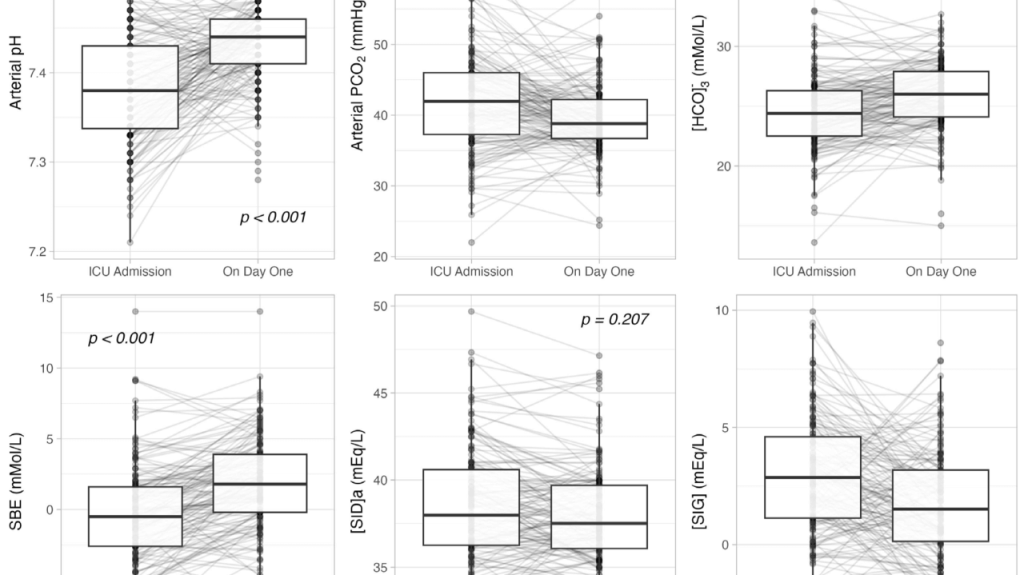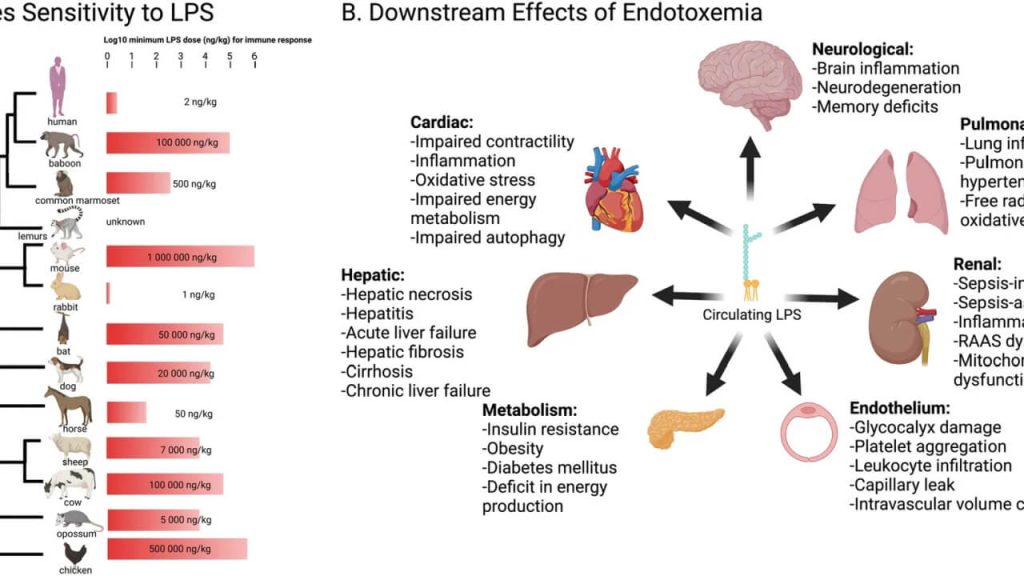How we use ultrasound to support clinical decisions on fluid administration in critical ill patients
🩺 How Ultrasound Guides Fluid Administration in Critical Illness Abstract: Intravenous fluids are among the most frequently used therapies in critical care but must be considered drugs, carrying both benefits and risks. Critical care ultrasound (CCUS)—through echocardiography (CCE), lung ultrasound (LUS), and venous excess ultrasound (VExUS)—offers a structured way to assess the risks and benefits […]









